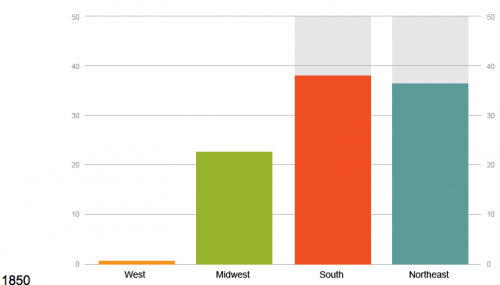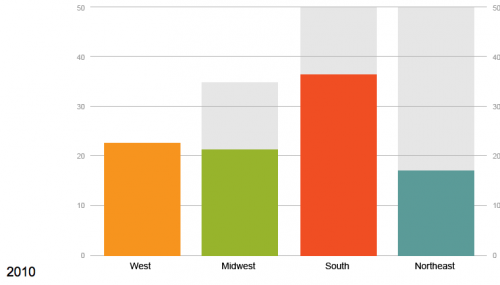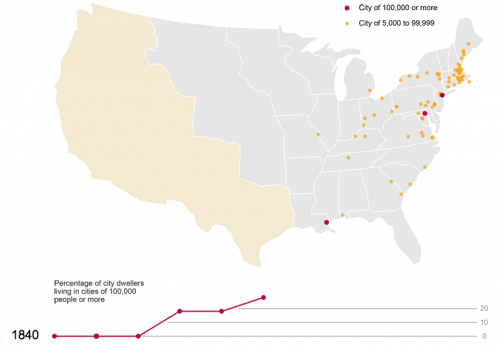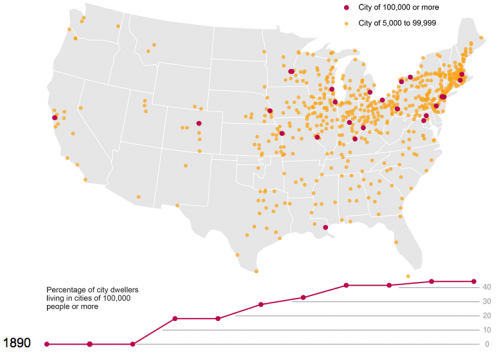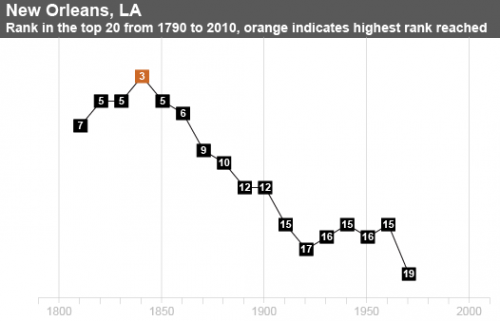
Five years ago today we posted our very first images: a re-touched magazine cover featuring Faith Hill and two almost identical Skyy Vodka ads that appeared in Maxim and Cosmo.
While people often congratulate us for coming up with the idea for the blog, we never actually intended the public to read it. We initially started the site as a place for the two of us to share images that we used in teaching. That’s it.
Accordingly, in our earliest posts we didn’t bother to do much explaining. We didn’t think we’d ever have anyone to explain to!
Quickly, though, and we’re not sure why, people began reading. So we started adding more descriptive titles. And more people came! So we started adding text explaining why we were featuring the particular image. Eventually the blog evolved into one aimed at a wide array of readers — that is, not just each other — and it became what it is today.
So, we’d like to conclude by effusively thanking those early readers with whom we reimagined the blog and those of you who read today. Almost 4,500 posts later, you’ve changed our lives and careers in unexpected and delightful ways!
————————
If you’d like to learn more about SocImages, you can visit our about page, listen to this recent Contexts podcast or read our recent publication, Blogging as Public Sociology (email us at socimages@thesocietypages.org if you’d like a copy).


